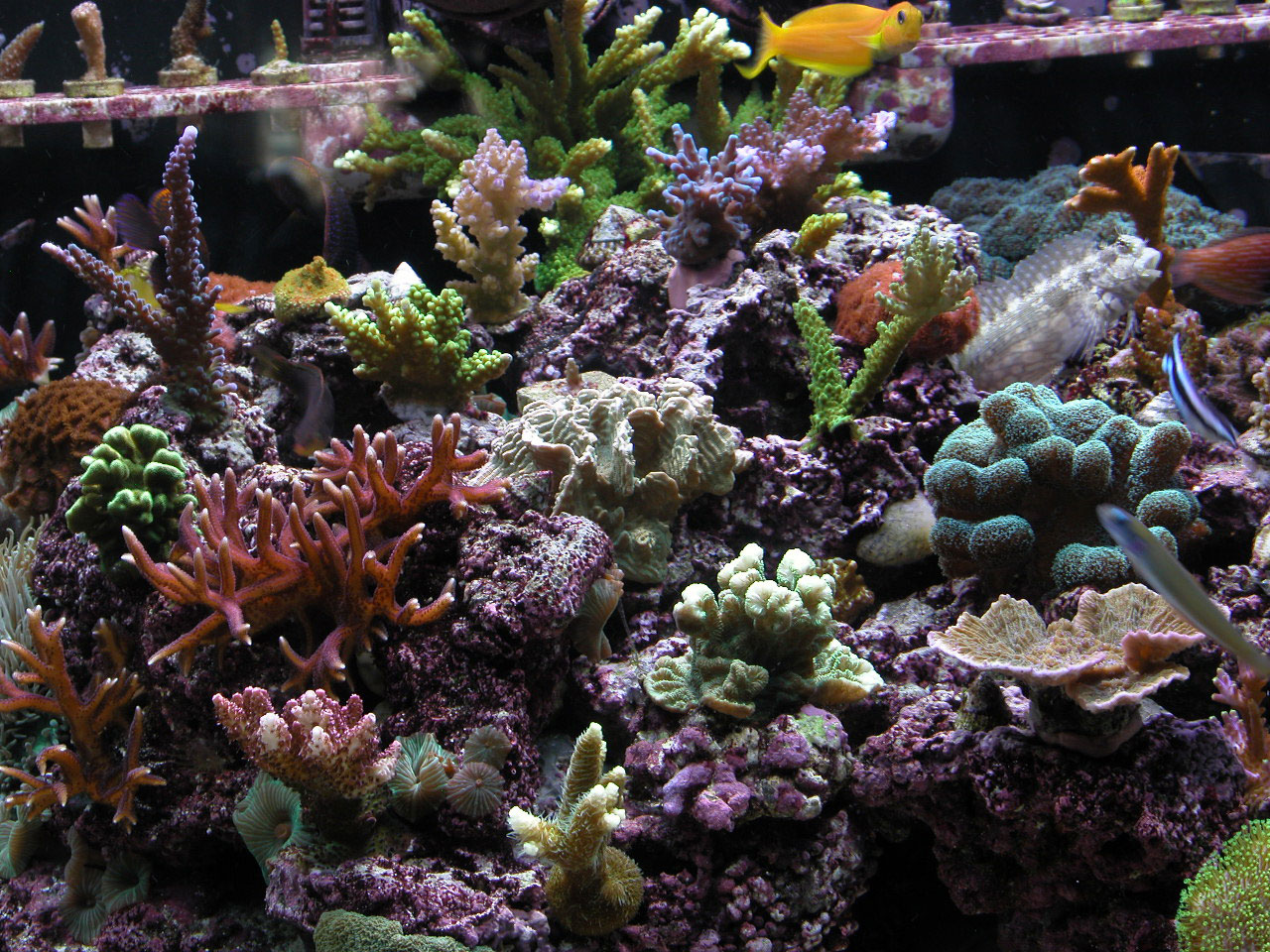Nope, it will not leach back out. The only way phosphates are going to get bound to a "rock" is if you have calcium carbonate precipitating out of the water onto the rock. As the calcium forms, it takes phosphates (and a number of other elements) with it. In short, for the phosphates to leach back out, the "rock (calcium carbonate) would have to be dissolved again. Which can only happen in very low pH, not something that is going to happen in a normal system.
http://reefkeeping.com/issues/2006-09/rhf/index.php
" A second mechanism for potential phosphate reduction when using high pH additives is the binding of phosphate to calcium carbonate surfaces. The absorption of phosphate from seawater onto aragonite is pH dependent, with the binding maximized at around pH 8.4 and with less binding occurring at lower and higher pH values. "
"many aquarists find that calcium and alkalinity levels are stable over long time periods with just that scenario. One way this can be true is if the excess calcium and alkalinity, which such additions typically add to the aquarium, are subsequently removed by precipitation of calcium carbonate (such as on heaters, pumps, sand, live rock, etc.). It is this ongoing precipitation of calcium carbonate, then, that may reduce the phosphate levels; phosphate binds to these growing surfaces and becomes part of the solid precipitate. "
"Simply keeping the pH high in a reef aquarium (8.4) may help prevent phosphate that binds to rock and sand from re-entering the water column. Allowing the pH to drop into the 7s, especially if it drops low enough to dissolve some of the aragonite, may serve to deliver phosphate to the water column. "




 Reply With Quote
Reply With Quote


